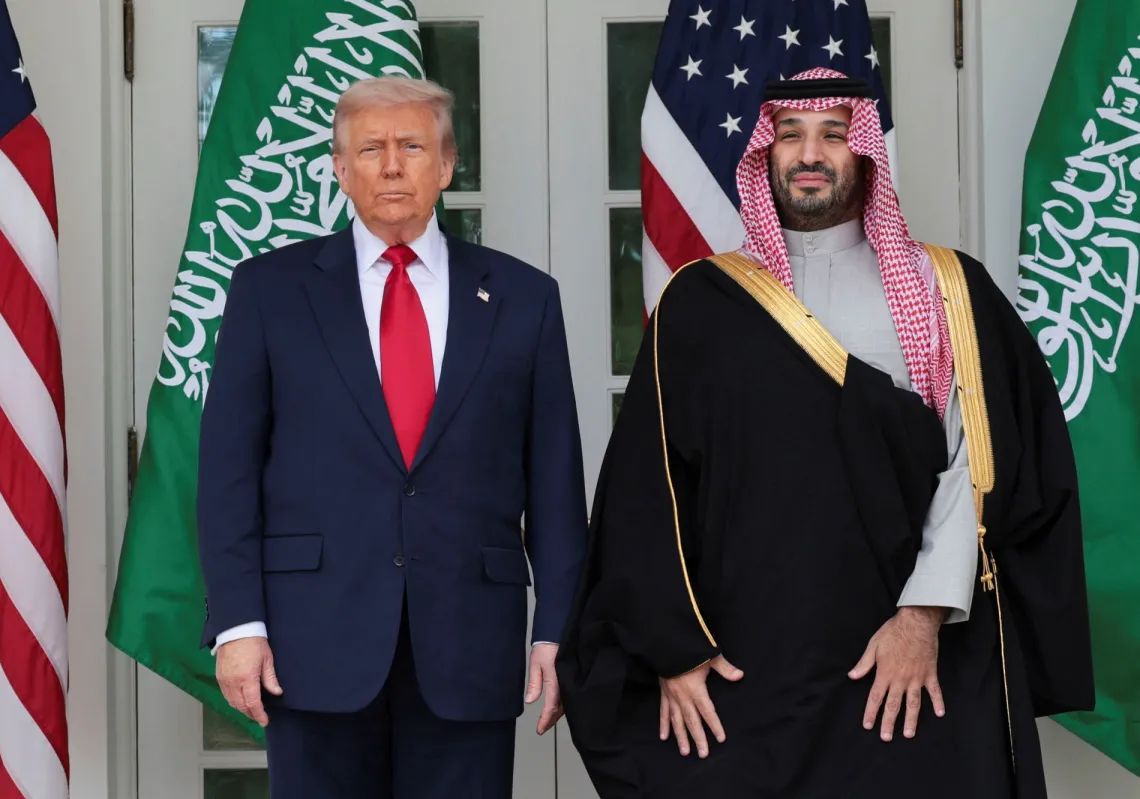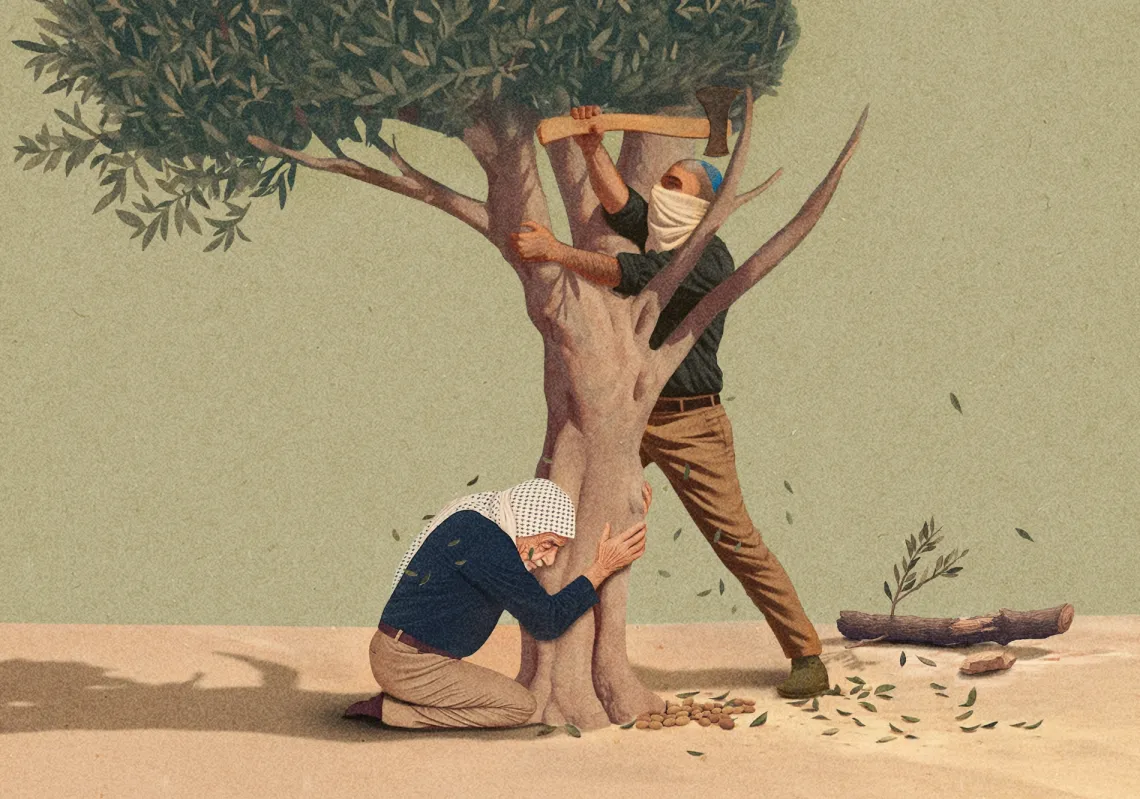 [/caption]
[/caption]
Egyptian collector of Orientalist art, Shafik Gabr, believes that Orientalism embodies a dynamic and continuing dialogue between East and West. “The Middle East has always been a crossroads between these worlds,” he says. “We owe the Orientalists a great debt, because although much of what they painted lives on today in our streets and villages, we constantly need to be reminded of the richness and value of our culture. For many years we Arabs did not reconcile ourselves to Orientalism. Now, from those paintings we’re getting to know about our own traditions.”
Orientalist art buyers, many of them ‘Orientals’ themselves, are aware that it is much more than a repository of pictorial memories, precious as those are. As the region invests in museums, art institutions and art education, Orientalism is increasingly perceived as a valuable part of the region’s heritage.[caption id="attachment_55231518" align="alignright" width="204" caption="Shafik Gabr"]
 [/caption]
[/caption]
[inset_left]Orientalism is increasingly perceived as a valuable part of the region’s heritage.[/inset_left]
An invitation to Cairo to meet Shafik Gabr, business entrepreneur and art collector, was a tempting one. His collection of museum-quality Orientalist art is the most complete private collection in the world today. Gabr is Chair and MD of ARTOC Group for Investment & Development, with a personal fortune valued by a recent Arabian Business Rich List at $2.2bn. He uses his wealth for philanthropic purposes, as well as to expand his Orientalist collection, most of which is hung at his palatial villa in Mokattam Hills above Cairo.
“I see Orientalists as ‘Early Globalists’, who brought the Arab world to the West and really contributed to mutual understanding. They were bridge-builders.” Gabr tells me. He too has been building bridges all his life. “I have always felt that a greater dialogue and therefore empathy between peoples are very worthwhile objectives, and I have done that in business, society and even across nations. The concept of bridge-building is the basis of my fascination with the Orientalist genre, which embodies a true respect between our cultures. Far from ‘colonising’ their subjects, these artists actively bridged the Oriental and Occidental worlds.”
Curiosity about different cultures can be a two-way street. Gabr gives two examples of paintings in his collection of fascination by people of the East about foreigners. The first is Gustav Bauernfeind’s A Street Scene, Damascus, in which the artist painted himself in a solar topee, trying to sketch, but drawing bothersome attention from passersby. Even the camel in the foreground is intrigued. Another example is Gyula Tornai’s The Connoisseurs, in which a group of Arab men are mystified by an Orientalist painting in front of them. The irony today is that it is Middle Eastern art buyers who are particularly knowledgeable about the genre.
So what was the initial spark that ignited Shafik Gabr’s passion to begin his collection, now valued at $40 million and rising? He bought his first painting Egyptian Priest Entering a Temple by Ludwig Deutsch in 1993.
[inset_right]Curiosity about different cultures can be a two-way street.[/inset_right]
But it was three years before that, while in Europe, that he had been drawn to Orientalism. “I am a very meticulous person, so I studied it and visited museums and auction houses, window-shopping. When I felt I knew something, I bought that Deutsch.” It is no co-incidence that his first purchase has a specifically Pharaonic theme. “I am very proud to be Egyptian, and greatly value my country’s contribution to world culture. So I guess it makes sense that I would enjoy art that expresses this heritage.”
[caption id="attachment_55231516" align="alignleft" width="202" caption="In a Courtyard, Tunis by Ferdinand Max Bredt"]
 [/caption]
[/caption]
Shafik Gabr has chosen to focus his collection specifically on artists who visited the region. “I have shied away from armchair painters, who stayed in the comfort of their own homes, working just from imagination.” Part of the ongoing critique of Orientalism is that certain painters produced works based on fantasy, some erotically voyeuristic, depicting harem women surfeited with sensual pleasures; others downright erroneous. What Western man would have been allowed into a harem, or indeed a mosque, in which one artist painted someone wearing shoes? Gabr prefers ‘reality’.
Indeed, a key theme of his collection is its historic, topographical and ethnic realism. “I only have a few harem scenes,” he said. “I always choose paintings I can relate to, and each must tell a story.” These harem paintings are united by a sympathetic evocation of the tender interaction of leisurely, often bored, women behind closed doors.
Gustave-Clarence Boulanger’s The Courtyard of the Palace of Dar Khdaouedj El Amia, Algiers captures this intimate connection between the languid, luxuriously dressed women lounging around a pool in which elegant arabesque columns are reflected. A little girl dances dreamily, trailing her doll. America’s greatest Orientalist, Frederick Arthur Bridgeman, visited Algeria at least three times, and his Preparations for the Wedding delicately captures the ambience of calm before the storm, the bejeweled bride-to-be gazing at us appealingly. This painting also exemplifies a shift towards Impressionism, which interests Gabr, as does the work of Jacques Majorelle, one of the later Orientalists, who settled in Marrakech. He was fascinated by the calm, dark majesty of rural women who traded in the city’s markets, and who morph into monumental statues in Souk El Kehmis.
[caption id="attachment_55231517" align="alignright" width="216" caption="The Nubian Guard by Ludwig Deutsch"]
 [/caption]
[/caption]
The arrestingly sensitive Young Egyptian Girl by Jean-Leon Gerome, was painted at the height of his powers, part of a series of genre portraits called The Women of Cairo, and surely a shining star in the firmament of Gabr’s collection. A beautiful girl gazes at us out of a plain black background, but does not engage, retaining her dignified distance. Gerome’s Napoleon and his General Staff is a seminal new acquisition and shows a despondent emperor, deep in thought, as he and his army wearily retreat from their ill-fated Egyptian campaign, burning sand swirling around them.
Clearly certain key themes and specific strengths shine out in this extraordinary collection of global stature. Subtly sensitive portraits of psychological depth demonstrate a development away from exotic superficial generalisation to individual expressions of thought and feeling. Key exponents of this empathetic shift were Emile Deckers, whose portraits of Algerian men convey the humanity, dignity and independence of spirit of his subjects; Etienne Dinet who honoured Oriental, rather than European beauty; and Edouard Verschaffelt, who moved to Algeria and married a local woman, painting sympathetic and realistic portraits in an Impressionist style akin to Renoir.
“North Africa is the main theme, in which I include Egypt,” Gabr emphasises. Gerome’s main source of inspiration was Egypt; however Gabr also chose to invest in his exquisite painting The Blue Mosque, based on the Rustem Pasha Mosque in Istanbul, because of its ethnographic approach, whose background for variously attired worshippers is shimmering blue Iznik tiles and perfectly rendered Arabic calligraphy. This attention to detail and photographic accuracy is characteristic of the ethnographic approach of the great Oriental masters and no-one but Shafik Gabr owns so many works by the hardest hitters of this genre.
He comments on The Blue Mosque – “This is one of Gerome’s most exceptional works which these days can only be found in museums.” Though he adds, “Always I collect individual works rather than famous names. Building a collection is like completing a superb puzzle piece by piece. What am I missing, a certain scene, a certain painter?” That said, Gabr’s collection glows confidently with outstanding works by the most significant Orientalists. His paintings by Ludwig Deutsch are seminal examples of the master’s oeuvre, in which he is constantly investing, and which curiously, feature in few museum holdings. [caption id="attachment_55231512" align="alignleft" width="300" caption="A Street Scene, Damascus by Gustav Bauernfind"]
 [/caption]
[/caption]
At a time when black people were not empathetically painted – or treated – Deutsch’s series of palace guards are gloriously dignified. “I have interesting paintings in which people of colour are honoured,” said Gabr. The Nubian Guard is positively noble; while the proud commanding grandeur of The Palace Guard shows Deutsch at the height of his evaluative powers. Deutsch’s The Philosopher exemplifies not only the decorative and lifestyle refinements of the East, such as opulent fabrics and rugs, exquisite tiles calligraphically inscribed in perfect kufic style and elaborate antique incense burners, so admired and lovingly recorded by the Orientalists, but also Deutsch’s eloquent respect for nuances of facial expression and the dignity of Arab culture.
I ask Gabr, a canny entrepreneur as well as connoisseur, whether he ever bought Orientalist art as an investment. “When I started, I never thought of that, but as my collection started to grow, I began to be careful, aware that ridiculous prices can be asked – and obtained. I haven’t inherited any money, I’ve built up everything I have and don’t squander funds, so I am always careful in negotiations.”
“The buying power for Orientalism lies with the Middle East,” Alexandra McMorrow, Director of 19th Century European Art at Christie’s, London, told me. “There are large amounts of money available particularly from the U.A.E. and Saudi Arabia.” “My competition today is formidable,” said Gabr: “I am in the same market as Gulf sheiks, the government of Qatar, which is building a specific museum, as well as buyers from Texas.” Other very active investors include royal families from Morocco to Jordan, Dr. Dahesh for his New York based collection, and not least – the burgeoning regional museum structure headed up by Abu Dhabi.[caption id="attachment_55231514" align="alignright" width="244" caption="Egyptian Girl by Jean-Leon Gerome"]
 [/caption]
[/caption]
As prices for Orientalism have shot up dramatically in the last few decades, Gabr who has now been collecting for nineteen years says: “Of course today I do look at it as an investment. But that’s not my purpose in collecting at all. In fact some deep-pocketed representatives of governments have approached me, but I have no interest in selling. Each painting is like my own child. The only works I have sold are two I did not see before purchasing, and when they arrived, I was disappointed, because they were not accurate and didn’t fit my collection.”
Gabr adds: “I am a very strong believer in building a future based on tradition, a core of reality.” (He instances Dubai – pejoratively.) “It is essential to reconcile one’s past with the present. I believe that in engaging with, respecting and recording our culture, the Orientalists built bridges for all our futures.”
Masterpieces of Orientalist Art THE SHAFIK GABR COLLECTION is to be published in July 2012. It builds on a previous monograph on the subject showing how the collection has expanded in the last few years, with 43 new additions such as works by Deutsch, Gerome, Bridgeman, Ernst and Lewis.
ISBN 978-2-86770-192-4.
A.C.R. Edition, Paris.









